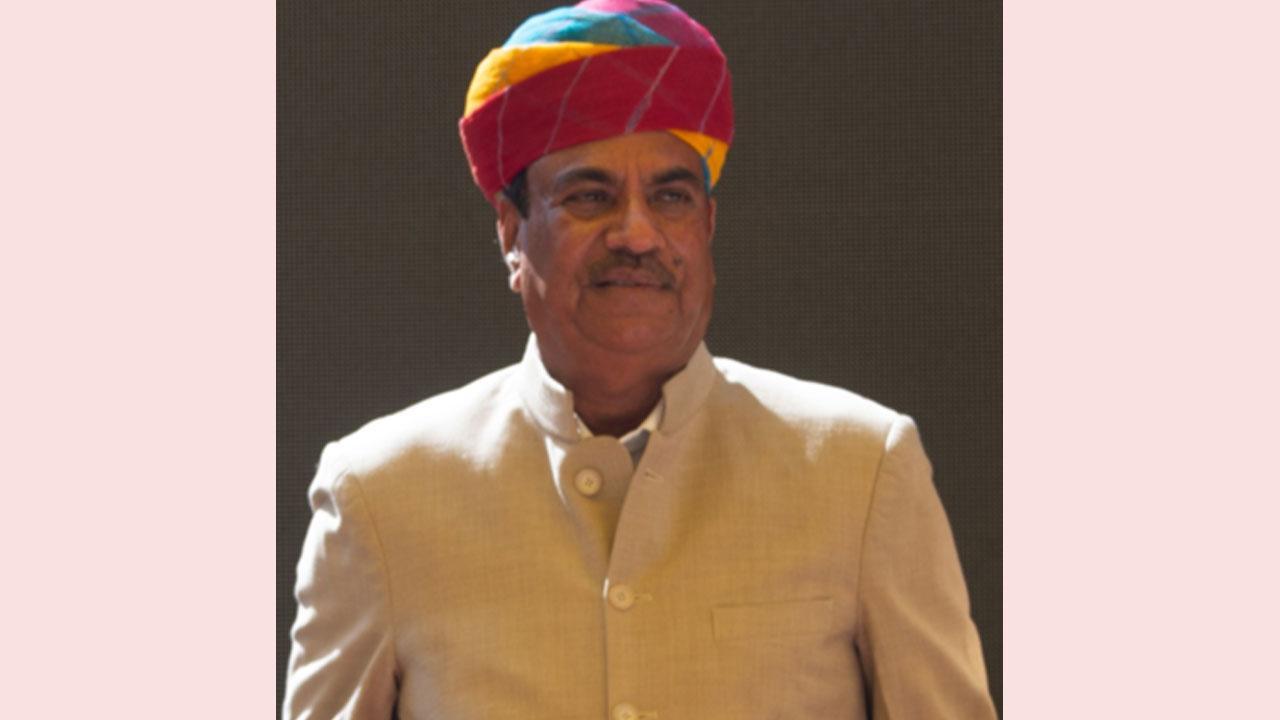Meghraj Singh Royal states, “Malls, with their diverse shopping, dining, and entertainment options, cater to the aspirations of a burgeoning middle class.

Meghraj Singh Royal
"As Tier 2 and 3 cities embrace the mall culture, it's evident that these vibrant hubs are not just places to shop, but catalysts for community engagement and economic growth." - Meghraj Singh Royal
ADVERTISEMENT
Retail malls have long been a symbol of urbanization and economic development. In India, the proliferation of shopping malls in metropolitan areas like Mumbai, Delhi, and Bangalore has been well-documented. However, a significant and equally fascinating trend is the rising popularity of retail malls in tier 2 cities. These cities, which are not classified as primary metropolitan hubs but are still important urban centers, are witnessing a retail revolution. This comprehensive analysis with Meghraj Singh Royal, a distinguished entrepreneur, who leads as the proprietor of the prestigious MRS Group, explores the factors driving the growth of malls in tier 2 cities in India.
Deloitte India and the Shopping Centre Association of India (SCAI) have collaborated on a survey-based report titled "Recognizing Malls and Shopping Centers as a New-Age Industry." This segment is poised for rapid growth, with a projected compound annual growth rate (CAGR) of approximately 17 percent from 2022 to 2028, surpassing the overall expansion of the retail sector.
The expansion of malls to tier-2 and 3 cities is fueled by lower rental rates and operating costs, thereby bolstering retail growth in India. Between 2006 and 2017, these cities attracted US$6.2 billion in overall retail investments, emerging as significant contributors to the country's retail landscape.
Understanding Tier 2 Cities in India
Tier 2 cities in India, including Ahmedabad, Jaipur, Pune, Lucknow, and Coimbatore, are urban areas with populations ranging from 1 to 4 million. Unlike their tier 1 counterparts, these cities blend urban and semi-urban characteristics, featuring emerging infrastructure and expanding economic opportunities. The growth of retail malls in these cities is fueled by several factors. Firstly, India's economic progress has boosted disposable incomes nationwide, including in tier 2 cities, leading to increased purchasing power. Coupled with evolving consumer preferences influenced by global lifestyles, this has fueled demand for modern retail experiences.
Meghraj Singh Royal states, “Malls, with their diverse shopping, dining, and entertainment options, cater to the aspirations of a burgeoning middle class. Moreover, rapid urbanization in tier 2 cities has led to improved infrastructure, including better roads, public transportation, and utilities. This urban transformation attracts large-scale retail investments, making these cities prime locations for mall development.”
Government initiatives like the Smart Cities Mission further accelerate urban growth, creating favorable environments for retail expansion. Additionally, tier 2 cities offer relatively lower land and real estate costs compared to tier 1 cities, allowing developers to acquire larger plots for constructing malls. This affordability, coupled with the availability of expansive land parcels on the city outskirts, presents opportunities for integrated retail and entertainment complexes. Lastly, tier 2 cities represent untapped markets with sizable populations that previously relied on local markets and standalone stores for shopping. Malls introduce a new and appealing shopping environment, attracting consumers seeking a diverse range of products and a more sophisticated retail experience. This untapped potential drives foot traffic and fuels the growth of retail malls in tier 2 cities across India.
Consumer Behavior in Tier 2 Cities
In tier 2 cities, consumers exhibit distinct shopping behaviors that contribute to the popularity of malls. Firstly, there is a growing preference for branded products among consumers, driven by rising incomes and exposure to global trends. Malls, offering a wide array of national and international brands, cater to this demand for quality merchandise.
According to the report by Deloitte India and SCAI, consumers are drawn to malls primarily for shopping (82 percent), followed by watching movies (73 percent), dining (56 percent), and leisure outings with friends and family (56 percent). Moreover, factors contributing to mall footfalls include gaming zones (22 percent), festival celebrations (18 percent), children's play areas (11 percent), concerts/shows (10 percent), and exhibitions (8 percent).
Additionally, the modern consumer in tier 2 cities values the shopping experience as much as the products. Malls provide a comfortable, air-conditioned environment with organized layouts and services, enhancing the shopping experience. “Moreover, malls often serve as family outing destinations, offering entertainment options like movie theaters, play areas for children, and diverse food courts, appealing to all age groups. Mall of Jaipur and Pinnacle Mall are examples of the popularity of retail spaces that provide unparalleled experiences for consumers” says Meghraj Singh Royal.
Challenges of the Retail Mall Industry
Retail malls face many challenges and opportunities in today's dynamic market landscape. Firstly, sustainability and environmental concerns pose significant challenges, as malls consume substantial energy and resources. “Developers and operators must prioritize implementing sustainable practices to minimize environmental impact. However, this challenge also presents opportunities to adopt green building technologies, integrate renewable energy sources, and implement efficient waste management systems, thus creating more sustainable retail environments.” believes Meghraj Singh Royal.
Meghraj Singh Royal adds “Cultural adaptation is also essential for the long-term success of malls. While malls may be popular, they need to adapt to local cultures and preferences to remain relevant. This includes curating a mix of tenants that reflects local tastes and traditions.” By blending global and local elements, malls can create spaces that resonate with the cultural identity of the region while offering modern retail experiences.
The rise of retail malls in tier 2 cities in India represents a significant shift in the country’s retail landscape. They are creating economic opportunities, boosting local businesses, and contributing to cultural shifts. As tier 2 cities continue to grow and evolve, the role of retail malls in shaping the economic and social fabric of India will only become more pronounced.
 Subscribe today by clicking the link and stay updated with the latest news!" Click here!
Subscribe today by clicking the link and stay updated with the latest news!" Click here!








